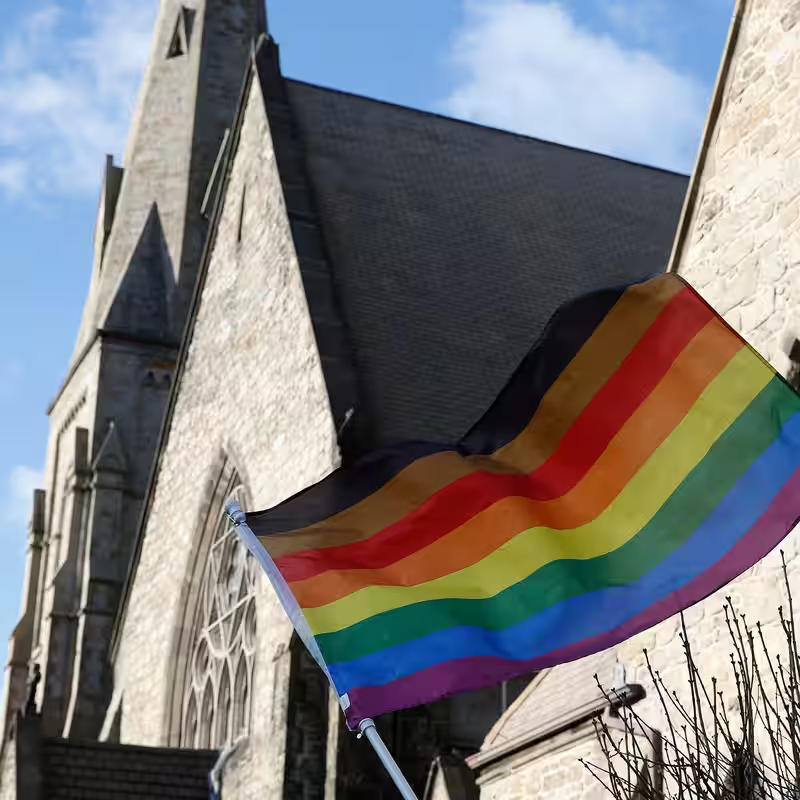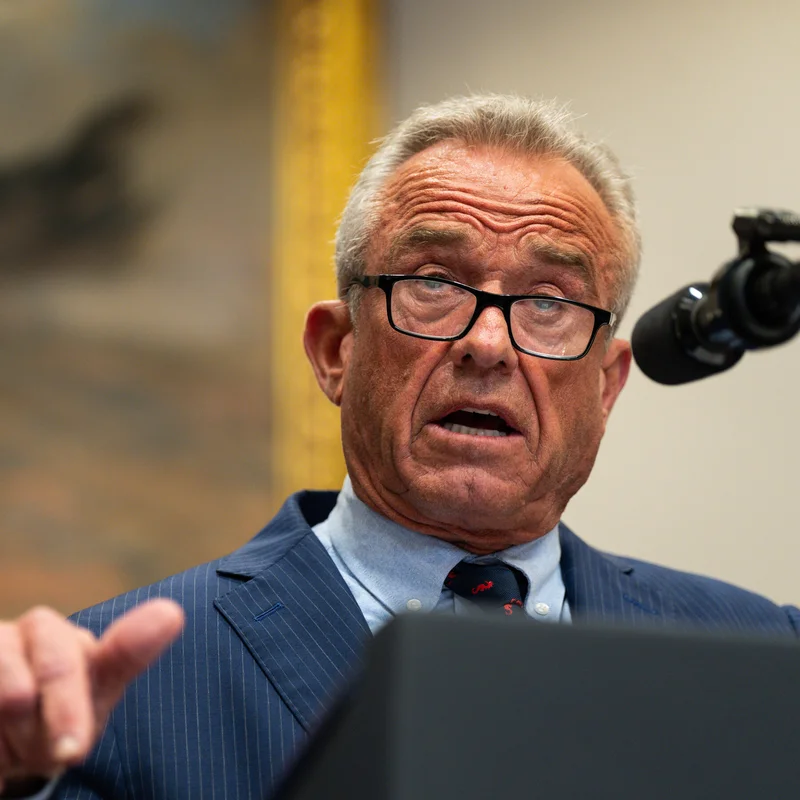Table of Contents
- What Is Conversion Therapy?
- A Brief History of Conversion Therapy
- Modern Methods and Misleading Claims
- Why Medical Experts Oppose It
- The Supreme Court Takes Notice
- Where Is Conversion Therapy Banned?
- Sources
What Is Conversion Therapy?
Conversion therapy refers to any practice or treatment aimed at changing a person’s sexual orientation or gender identity—typically targeting LGBTQ+ individuals, and often minors. Despite its name, it is not a legitimate medical or psychological therapy. Instead, it’s a discredited set of interventions that have been widely condemned by every major medical and mental health organization in the United States.
Proponents often frame it as “voluntary counseling” or “faith-based support,” but survivors describe it as emotionally devastating, rooted in shame, and based on the false premise that being LGBTQ+ is a disorder that needs fixing.
A Brief History of Conversion Therapy
The roots of conversion therapy stretch back to the early 20th century, when homosexuality was classified as a mental illness. In the 1950s and 60s, psychiatrists experimented with brutal aversive techniques—including electric shocks, chemical nausea inducers, and even lobotomies—in attempts to “cure” same-sex attraction.
A major turning point came in 1973, when the American Psychiatric Association removed homosexuality from its list of mental disorders. Yet the practice didn’t disappear. Instead, it evolved.
During the 1980s and 1990s, conversion therapy surged in popularity within evangelical Christian communities. Organizations like Exodus International promoted “reparative therapy,” claiming individuals could “choose” heterosexuality through prayer, counseling, and behavioral modification.
Modern Methods and Misleading Claims
Today, most practitioners avoid overtly physical methods. Instead, they rely on talk therapy, cognitive behavioral techniques, and religious counseling. Common tactics include:
- Encouraging clients to “confess” same-sex attractions as moral failures
- Linking LGBTQ+ identity to trauma or broken family dynamics
- Promoting “gender realignment” through rigid masculine/feminine roles
- Using euphemisms like “sexual wholeness” or “identity coaching”
Julie Rodgers, who underwent conversion therapy as a teen, recalled being required to report “lesbian transgressions”—like watching The L Word or having a crush on a coworker—as if they were sins to be purged. “I felt like I had to reprogram my brain to live as a heterosexual,” she later said in the documentary Pray Away.
Why Medical Experts Oppose It
Since the late 1990s, leading health organizations—including the American Medical Association, American Psychological Association, and American Academy of Pediatrics—have uniformly condemned conversion therapy for minors. Their stance is based on decades of research showing it:
- Does not change sexual orientation or gender identity
- Increases risk of depression, anxiety, and self-harm
- Is strongly linked to suicidal ideation among LGBTQ+ youth
A 2019 study by the Williams Institute at UCLA estimated that nearly 700,000 U.S. adults have undergone some form of conversion therapy—about half before the age of 18.
Impact on LGBTQ+ Youth
| Risk Factor | Youth Exposed to Conversion Therapy | General LGBTQ+ Youth |
|---|---|---|
| Suicide Attempt Rate | 2x higher | Baseline |
| Severe Depression | 68% report | ~40% report |
| Feelings of Worthlessness | 74% | ~50% |
The Supreme Court Takes Notice
In October 2025, the U.S. Supreme Court heard Chiles v. Salazar, a case challenging Colorado’s ban on licensed professionals providing conversion therapy to minors. The plaintiff, therapist Kaley Chiles, argues the law violates her First Amendment rights.
But Colorado and over 20 other states counter that the ban regulates harmful professional conduct—not speech. The outcome could determine whether these protections stand nationwide.
Where Is Conversion Therapy Banned?
As of 2025, 22 states and dozens of municipalities have banned licensed practitioners from performing conversion therapy on minors. California was the first in 2012. However, enforcement remains inconsistent, and loopholes persist—especially for unlicensed religious counselors.
According to a 2023 Trevor Project report, over 1,300 counselors still advertise conversion therapy services online, often using coded language like “sexual addiction recovery.”
Despite legal progress, the fight to end conversion therapy is far from over—and the Supreme Court’s next move could reshape its future in America.




